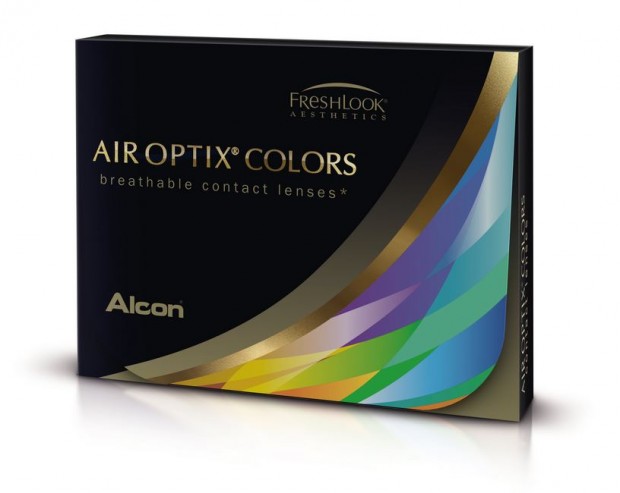This post was most recently updated on August 26th, 2025
The eyes are one of the most vulnerable parts of the body. The risk of infection from foreign matter is higher, and these complications can lead to vision problems if not properly treated. This is why it is extremely important to care for contact lenses and to carefully follow the doctor’s instructions. Here are a few of the top dos and don’ts for contact lens care.
DO Wash Hands Before Changing Contacts
One of the most important steps for contact lens care is to always make sure to wash the hands before inserting or removing contact lenses. There are several important reasons for this. The hands can have dirt, dust, or other materials that can transfer to the contact and become trapped in between the eye and the contact. This can lead to infections in the eye. Touching the eye area with dirty hands can also result in the transfer of germs resulting in sickness.
DON’T Use or Buy Contacts Without a Prescription
One of the biggest mistakes a contact wearer can make is wearing non-prescription contact lenses. This can happen when the individual wishes to wear contacts for cosmetic reasons. However, any contact lenses that can be purchased without a prescription are illegal and dangerous. Additionally, the wearer should never use another individual’s contact lenses. Poorly fitting lenses can cause damage to the eyes.
DO Use Solution Only
Although it may be tempting in the moment, contacts should never be cleaned using regular water, and should never be placed in the mouth to clean. The mouth and tap water contain minerals, bacteria, and foreign matter that can cause damage to the lenses and introduce harmful substances into the eyes. Contact should only be cleaned using a doctor recommended cleaning solution.
DON’T Change Over an Open Sink
Contacts are very small and can become lost when dropped. It is important when inserting or removing contacts to either close the drain of the sink or avoid the sink entirely. This will prevent the lens from becoming lost down the drain.
DO Wear Swimming Goggles
It is important while swimming to always wear swimming goggles. This helps to protect the contacts and prevents chlorine and bacteria from entering the eyes and getting behind the contacts. Many individuals choose to not wear contacts at all while swimming, soaking in a hot tub, or taking a bath.
DON’T Wear While Sick
Wearing contact lenses during illness is never a good idea. Inserting a contact lens can spread the virus to the eye leading to conjunctivitis and other conditions. However, wearing eyeglasses instead of contacts during a cold can allow the body to naturally flush contagions out of the eye. Viruses such as those that cause colds can also cause dry, irritated eyes which can be exacerbated by contacts.
DO Contact a Doctor if Any Redness or Changes in Vision Occur
Patients should always contact their doctor for any changes in vision or eye health such as pain, blurriness, discomfort, and redness. These signs may indicate the beginning of an eye infection, or may be a sign that a change of prescription is needed for the contacts. A Denver optometrist can also help if the contacts are not the right fit for the patient.
DON’T Wear While Sleeping
One of the most important instructions that doctors often give to patients is to not wear contacts while sleeping. Although it can be tempting to leave them in and go straight to bed, this can come with a risk of infection. Contacts left in during sleep can block oxygen from reaching the cornea. This can result in a number of problems including redness, irritation, and infection. It can even lead to keratitis, which is the inflammation of the cornea. Mild keratitis can be easily treated by using prescription eyedrops, but other more serious forms of keratitis can cause injury deep within the cornea resulting in scars and vision changes.
DO Care for the Case
The contact case should also be cared for as carefully as the lenses. Bacteria and dirt in the case can be transferred to the lens. The case should always be air dried between uses in a face-down position. This prevents most microorganisms from settling in the case. New contact solution should also be used each time.
It is good to remember that contact lenses are actually medical devices. Because of this, care for the lenses and contact cases is extremely important. Proper care can protect the eyes from infection, irritation, and inflammation. However, improper use may lead to problems that can be devastating for the vision. Each patient should carefully follow their optometrist’s instructions for their contact lenses.




